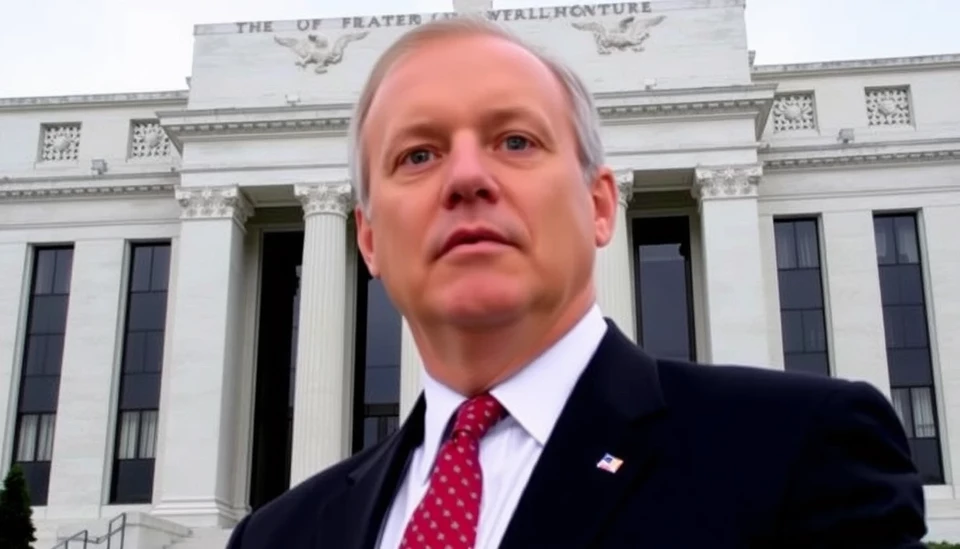
The recent release of the Federal Reserve's minutes from their latest meeting is poised to offer valuable insights regarding the central bank's trajectory concerning interest rates. Market watchers are keenly anticipating clues on the extent and speed at which officials may consider cutting rates in response to the evolving economic landscape. This communication comes amid a backdrop of fluctuating economic indicators and growing public discourse on inflation and monetary policy.
Participants in the latest Federal Open Market Committee (FOMC) meeting expressed a cautious yet optimistic outlook on the economy. Notably, some officials highlighted the need for ongoing assessment as they weigh the impacts of previous rate hikes on economic activity. The majority acknowledged that while inflation remains a concern, there are signs that price pressures may be moderating, potentially justifying a shift in policy.
The Fed's approach appears influenced by a series of recently released data, suggesting a resilient economy despite ongoing challenges. Labor market statistics continue to show strength, with job growth remaining robust and unemployment figures staying low. At the same time, inflation rates have started to cool, with recent consumer price index reports indicating stability and easing in certain sectors. Such data suggest that the Federal Reserve is navigating a complex landscape, balancing the need to ensure that inflation does not rebound while also fostering growth.
In response to these shaping factors, several FOMC participants indicated that rate cuts could be on the horizon, contingent upon further economic improvements. However, Fed officials were also clear that any potential cuts will not be made hastily. They emphasized the importance of remaining data-dependent, underscoring the central bank's commitment to carefully assessing each piece of incoming economic data before making definitive decisions on interest rates.
As expectations evolve, market participants are closely monitoring signals from the Federal Reserve for indications of a dovish pivot in policy. The minutes released suggest a possibility of cuts as early as mid-2024 if inflation continues to align with their targets and labor market conditions remain favorable. Analysts believe that a measured approach will be necessary to avoid any drastic shifts that could destabilize financial markets.
The discussions outlined in the minutes also reflect the broader uncertainty within economic circles. The Fed continues to grapple with the legacies of rapid rate increases implemented over the past couple of years aimed at curbing inflation. Economists remain split on whether aggressive tightening was the correct approach, given the potential ramifications on economic growth and market stability moving forward.
Ultimately, the Federal Reserve's communication strategy is critical as they navigate this complex period. By conveying a careful and considered approach, they aim to instill confidence among investors while also managing public expectations regarding the future direction of monetary policy.
As we look ahead, the forthcoming economic data will play a pivotal role in shaping the Fed's stance and will likely be under intense scrutiny. Investors, businesses, and consumers alike are eager to interpret these signals correctly to understand the potential implications for borrowing costs and economic growth in the years to come.
In conclusion, the Federal Reserve's minutes serve as an essential tool for deciphering the delicate balance that officials are attempting to maintain in their efforts to foster economic stability while managing inflationary pressures. Investors and economists alike will be keeping a close eye on this evolving narrative as new data emerges.
#FederalReserve #InterestRates #EconNews #InterestRateCuts #FOMC #InflationControl #MonetaryPolicy #FinancialMarkets
Author: Daniel Foster




